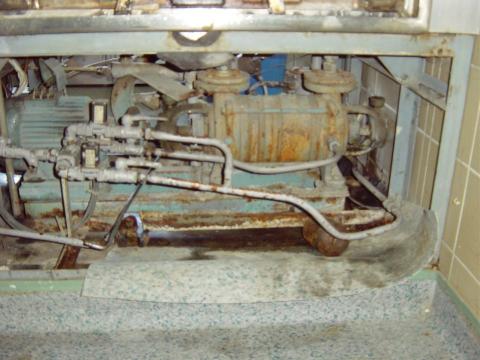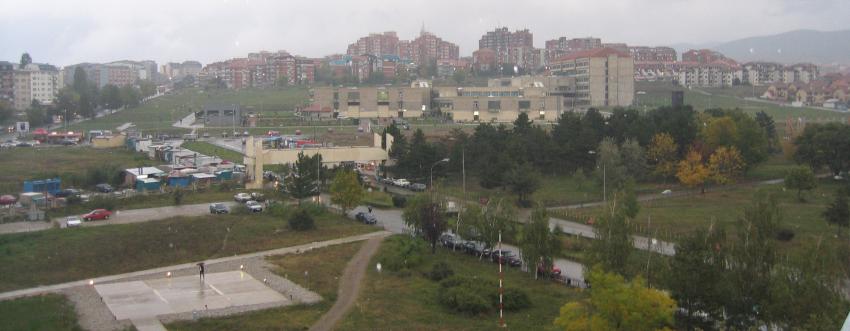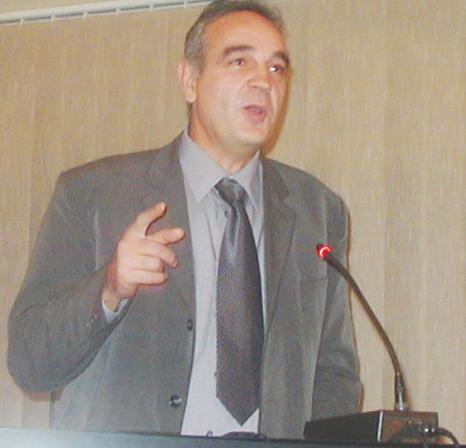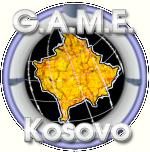




|
|
Internal strengths:
|
|
- The communication and support network for the BMEDs is just starting to develop, but it needs continual effort in order to strengthen these relationships and promote HTM issues and needs.
- BME staff does not have some of the basic requirements to perform HTM efficiently and effectively (e.g., no parts budget, few manuals, unreliable internet, difficulty accessing external telephone, etc.).
- BME are starting to offer other services
beyond equipment repair (e.g., informal clinical training), but
currently do not have a consolidated and complete inventory and most
sites are not performing comprehensive scheduled maintenance.
External threats:
- It is yet to be determined how Kosova's uncertain political and economical future, as well as a new Minister of Health, will impact HTM & BME.
- There is a risk that the existing BMEDs will
dissolve due to a lack of support and a growing private sector.
External opportunities:
- There is a strong demand for BME services beyond the MoH main regional hospitals. BMEDs' can expand their clients to include the municipality healthcare facilities and surrounding private clinics. Revenue generated can be used in employee retention strategies (e.g., staff training).
2. To determine high priority operational needs
Based on a survey distributed to all BMEDs and information we gathered during our site visits, the following is a high-level summary of the immediate needs:Parts
- Neonatal parts/consumables (ventilators, phototherapy, incubators, and monitors)
- Batteries and patient cables (defibrillators, monitors, ECG)
- Anaesthesia machine and ventilator parts/consumables
- Key OEMs include Hill-Rom, Dräger, GE/Datex and Tyco (Nellcor PB)
Manuals
- All sites have minimal manuals. The following are needed at most sites: Dräger Savina (ventilator), Primedic Def Eco1 (defibrillator), and GE Dash 2000 (also need service codes).
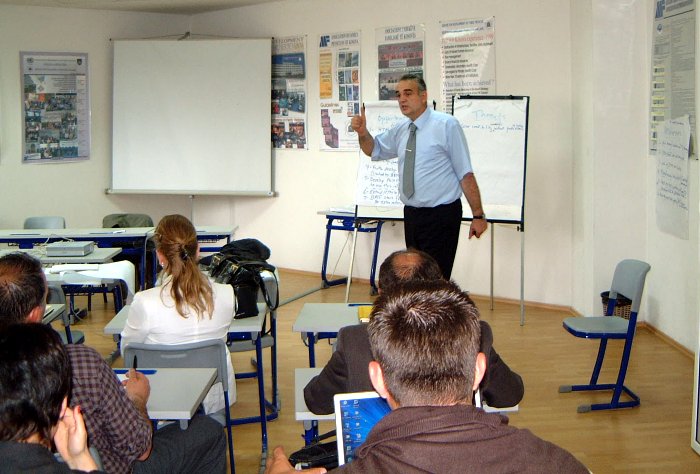 Training
Training- Technical: All staff have a strong theoretical technical background, but need to further develop their troubleshooting skills and medical theory (e.g., equipment use). Manufacturer training on Dräger ventilators and anaesthesia equipment is also required.
- HTM: Staff need guidance with initiating and implementing high priority HTM projects (e.g., completing and maintaining a consolidated inventory).
- Other: English courses (assist in communicating with the international BME community, vendors, and NGOs as well as read manuals)
Test Equipment
- Overall, the BMEDs have top quality test equipment to cover their basics. However, when some BMED’s setup their satellite sites (e.g., Vushtrri) they will need their own set of basic tools.
- All sites would benefit from having a pressure/vacuum meter and digital camera
- As central technical experts develop (e.g., at Prishtinë), they will require anaesthesia and ventilator test equipment and board troubleshooting tools (capacitance meter, SMD soldering station).
- The larger sites will also require battery chargers/exercisers.
3. To foster strategic relationships to help build future capacity
In addition to meeting with the MoH Regional Health Directors, healthcare administration, and the BMEDsduring our tours through the regions, meetings were also arranged with other key stakeholders, including
vendors (Medica and Meditech), NGOs (WHO, Unicef, IBM), Educators (Don Bosco Technical School) and with the new Minister of Health. Although the mentors initiated the meetings, the main purpose of all these meetings was to initiate HTM discussions among these various groups and work with BME to create solutions. The first inter-Kosova BME meeting was successfully held on Dec. 18th 2004 during which all regional BME. Supervisors actively participated.
Action Items
An action plan is summarised in this Report. Key items include:
1. Implement a new organisation structure that formally connects the BMEDs together as well as link them strategically to the MoH. BME budgets must accompany this structure for parts, labour and training.
2. Develop and strengthen the communication and support network for BME.
3. Use this network to address and promote current BME issues (e.g., resources and immediate needs).
4. Implement high priority HTM project (e.g., inventory, scheduled maintenance) with mentoring and support from the network.
